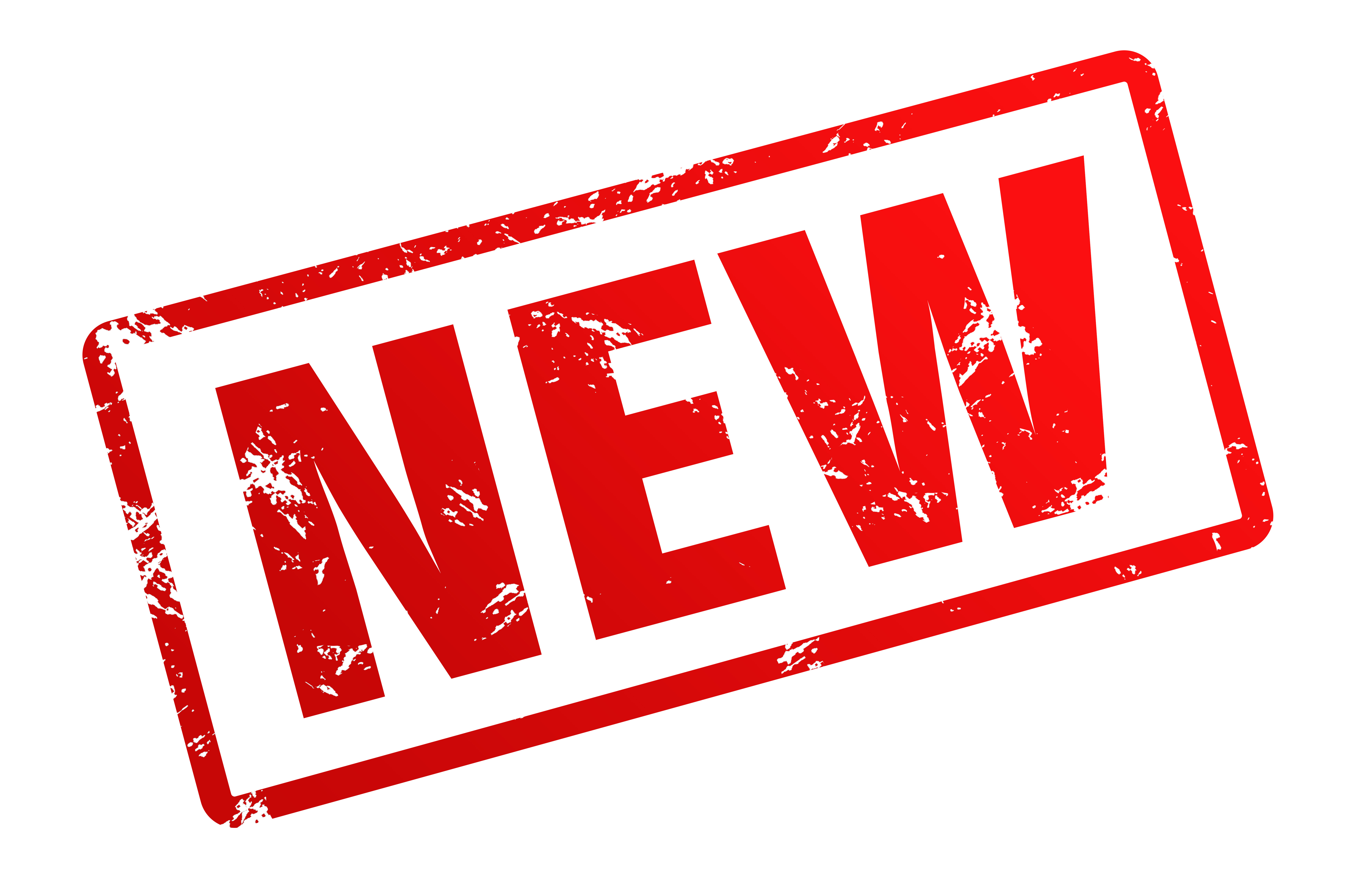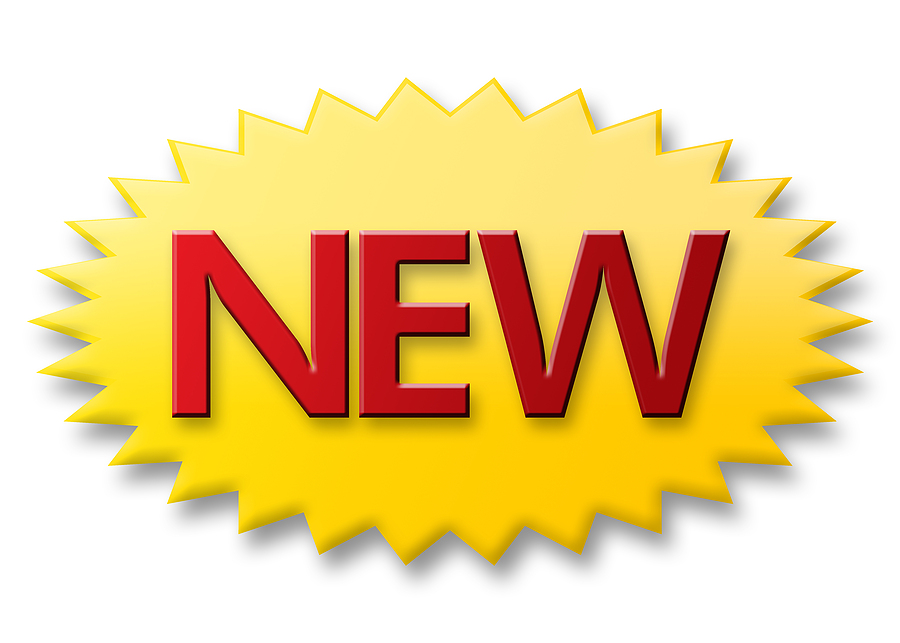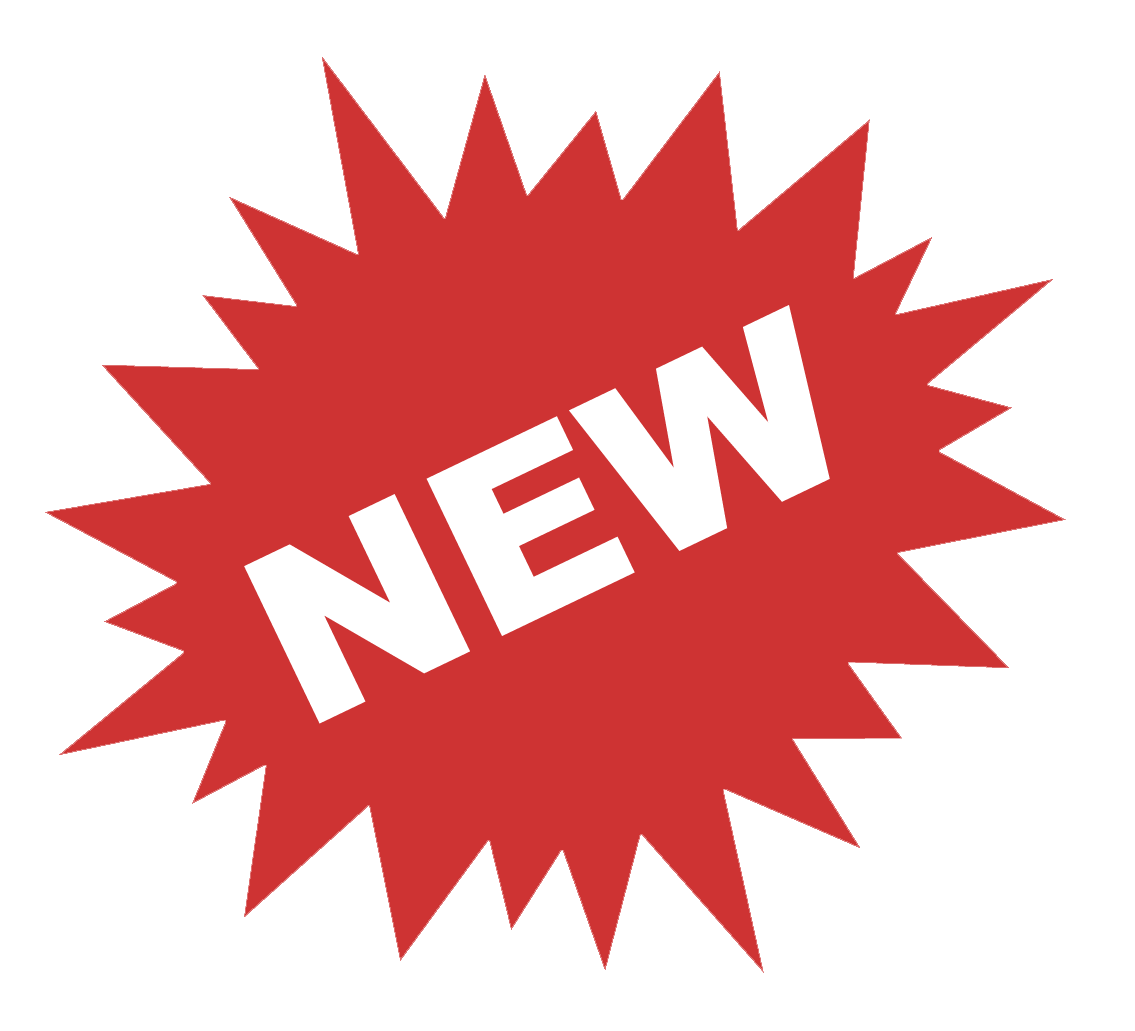Embracing The New Norm: Navigating A World Of Constant Change
In an era defined by rapid shifts and unprecedented challenges, the phrase "the new norm" has transcended mere jargon to become a fundamental lens through which we understand our evolving world. It signifies a profound reorientation, a collective recalibration of what we consider standard, acceptable, or even possible. From the way we work and interact, to how our economies function and our societies evolve, understanding and adapting to these emergent realities is no longer optional but essential for navigating the complexities of modern life.
This article delves into the multifaceted concept of "the new norm," exploring its origins, its manifestations across various sectors, and the profound implications it holds for individuals, businesses, and global communities. We will examine how technological advancements, societal shifts, and economic transformations are continually reshaping our understanding of normalcy, urging us to embrace flexibility and resilience in an ever-changing landscape.
Table of Contents
- Defining "The New Norm": More Than Just a Phrase
- Technological Shifts and Their Impact: The Digital Foundation of the New Norm
- Navigating Digital Spaces: New Norms in Online Interaction
- The Evolving Media Landscape: "The New Norm" in Entertainment and Commentary
- Societal Transformations: Adapting to Different Lifestyles
- Economic Resilience and Adaptation: The Financial "New Normal"
- Psychological Aspects of Change: Coping with "Not Normal"
- Building a Resilient Future: Embracing the Next "New Norm"
Defining "The New Norm": More Than Just a Phrase
The concept of "the new norm" isn't merely a trendy buzzword; it represents a fundamental shift in our collective understanding of reality. As the "Data Kalimat" suggests, "A new normal is a state to which an economy, society, etc, settles following a crisis, when this differs from the situation that prevailed prior to the start of the crisis (the old normal)." This definition highlights that a new norm emerges from disruption, signifying a stable, albeit different, equilibrium. It's a state where novel systems and assumptions replace those long taken for granted. For instance, consider the rapid acceleration of digital transformation. What was once considered cutting-edge or niche – like widespread remote work or online education – has, for many, become a standard operating procedure. This isn't a temporary deviation; it's a recalibration of expectations and practices that, for the foreseeable future, will define how we live and work. The challenge lies in recognizing these shifts not as temporary anomalies, but as the foundational elements of an enduring transformation. The phrase "the new normal that isn't" often crops up when people resist acknowledging these deep-seated changes, clinging to an idealized past that may no longer be recoverable. However, true adaptation requires an honest appraisal of the current landscape and a willingness to build forward.Technological Shifts and Their Impact: The Digital Foundation of the New Norm
Technology has always been a primary driver of societal evolution, and its role in shaping "the new norm" is undeniable. From the fundamental changes in programming contexts – where "the new keyword changes the context under which the function is being run and returns a pointer to that context" – to the broader implications of how we interact with information and each other, digital advancements are at the heart of many contemporary shifts. Consider the evolution of knowledge sharing and collaboration. Platforms like "Stack Overflow for Teams, where developers & technologists share private knowledge with coworkers," exemplify a new norm in professional collaboration. This shift from siloed information to shared, easily accessible knowledge bases fundamentally alters how businesses operate and innovate. Similarly, "advertising reach devs & technologists worldwide about your product, service or..." highlights a globalized marketplace enabled by digital tools, creating new norms for commerce and communication that transcend geographical boundaries. The very infrastructure of our digital lives, from how browsers handle new windows ("The target attribute of a link forces the browser to open the destination page in a new browser window, Using _blank as a target value will spawn a new window every time while using...") to how we manage data sources ("You can add the column in your new data source, when Power BI refreshes against the data set you will not see it in report designer, You will have to go into the query editor..."), is constantly evolving, demanding continuous adaptation from users and developers alike.The Rise of Remote Work as a New Norm
Perhaps one of the most visible manifestations of technology's influence on "the new norm" is the widespread adoption of remote work. What was once a perk or a niche arrangement for a select few has become a viable, and often preferred, model for countless organizations globally. This shift has profound implications for urban planning, real estate, transportation, and even personal well-being. Companies are rethinking office spaces, investing in collaboration tools, and developing new management strategies to foster productivity and connection in a distributed workforce. The ability to seamlessly "add, commit and push" code from anywhere, or manage complex data sets remotely, underscores how foundational digital infrastructure has become to this new way of working.Navigating Digital Spaces: New Norms in Online Interaction
The digital realm is not just a tool; it's an environment with its own evolving social norms. The way we interact, share information, and even express humor online is constantly being redefined. Social media platforms, for instance, have become central to public discourse, shaping opinions and influencing trends. The "Data Kalimat" mentions "twitter, conservative comedy sitcom, elonmusk, dave rubin, new norm memes." This points to the increasing role of online platforms as arenas for cultural commentary, political satire, and the dissemination of ideas – sometimes controversial ones. The ease with which we can create and share content, or even manage software development processes (e.g., "I made an alias so that whenever I create a new branch, it will push and track the remote branch accordingly, I put following chunk into the .bash_profile file, Check branch again using git branch it should now show that you are in the new branch, Now add, commit and push"), reflects a new level of interconnectedness and individual agency. However, this also brings new challenges related to misinformation, digital etiquette, and the blurring lines between public and private spheres. Understanding these evolving digital norms is crucial for effective communication and responsible online citizenship in "the new norm."The Evolving Media Landscape: "The New Norm" in Entertainment and Commentary
Media, particularly television and online content, often serves as a mirror reflecting societal shifts, and sometimes, a catalyst for them. The phrase "the new norm" has found its way into popular culture, notably through television series and comedic commentary. The "Data Kalimat" references "The New Normal," an American sitcom that aired on NBC from 2012-2013, created by Ryan Murphy and Ali Adler. This series explored a "new norm" in family structures, focusing on a gay couple and a single mother forming an unconventional family unit. Its premise, "Norm and Charlie, a successful gay interracial couple with a progressive view on relationships, are looking to break out of their monogamous relationship, They have their eyes on Janice," challenged traditional representations of family and relationships on mainstream television. Simultaneously, "The New Norm" (distinct from "The New Normal" sitcom) is also referenced as "the first sitcom on X, the South Park of X, legalize humor, rubinreport, awakenwithjp, twitter, conservative comedy sitcom, elonmusk, dave rubin, new norm memes." This points to a different facet of "the new norm" in media: the rise of independent, often politically charged, comedy and commentary platforms challenging established media narratives. Figures like Larry Elder, Dave Rubin, and JP Sears are associated with this movement, creating content that aims to define or critique "the new norm" from a specific ideological perspective. This duality – one mainstream show exploring social progress, another independent movement satirizing perceived societal shifts – highlights how media both normalizes and debates evolving cultural standards.Satire and Social Commentary: The "New Norm" Sitcoms
The use of "the new norm" in sitcom titles and comedic contexts underscores its cultural significance. "The New Normal" (NBC) aimed to normalize diverse family structures, portraying "Norm and Charlie, a successful gay interracial couple with a progressive view on relationships." While it garnered a "Tomatometer 47 reviews 69% avg." and faced some criticism for perceived forced narratives, its very existence on a major network represented a step towards broader acceptance of previously marginalized relationship models. Conversely, "The New Norm" (the conservative comedy sitcom) uses humor to comment on what its creators perceive as absurdities in contemporary society, often through "new norm memes" and figures like "Norm, an old white homophobic transphobic figure and an unaware inhabitant of Elon Musk's latest simulation." This form of comedy, often found on platforms like X (formerly Twitter) and YouTube, reflects a cultural pushback against certain progressive norms, aiming to "legalize humor" that might be considered controversial in mainstream spaces. Both examples, despite their differing viewpoints, demonstrate how entertainment media actively engages with and shapes public perception of what constitutes "the new norm."Societal Transformations: Adapting to Different Lifestyles
Beyond media portrayals, "the new norm" is deeply embedded in the fabric of our daily lives and social structures. The ways we form relationships, raise families, and engage with our communities are continually evolving. The premise of "The New Normal" sitcom, with "Norm and Charlie, a successful gay interracial couple with a progressive view on relationships, are looking to break out of their monogamous relationship, They have their eyes on Janice," reflects real-world discussions about evolving relationship models and family dynamics. This goes beyond traditional definitions, embracing diverse forms of partnership and cohabitation. The "Data Kalimat" also touches upon personal growth and adaptation, such as a single dad joining something "to earn his teenage son's respect," or a single mother's life after accepting an offer. These narratives, whether fictional or real, highlight the personal journeys of adapting to significant life changes and forging new paths. The "new normal™ campaign championed by the Institute for Translational Medicine (ITM)" further exemplifies how societal institutions are adapting, focusing on health and well-being in a changed world, bridging academic research with practical application.Redefining Relationships and Family Structures
The traditional nuclear family model is increasingly being supplemented by a broader spectrum of family structures. Single-parent households, blended families, same-sex parent families, and even chosen families are becoming more common and accepted. This redefinition is a significant aspect of "the new norm," reflecting changing social attitudes, legal frameworks, and economic realities. It requires a shift in how support systems are built, how policies are designed, and how society at large accommodates diverse living arrangements. This evolution challenges long-held assumptions and opens up new possibilities for connection and community.Economic Resilience and Adaptation: The Financial "New Normal"
The economy is perhaps one of the most immediate and tangible areas where "the new norm" manifests itself. Crises, whether financial downturns, pandemics, or geopolitical shifts, invariably lead to a recalibration of economic systems. As the "Data Kalimat" states, "Some 'new normal' may emerge, in which novel systems and assumptions will replace many others long taken for granted." This implies a fundamental restructuring, not just a temporary dip. Consider the global supply chain disruptions experienced recently. Businesses have had to re-evaluate their reliance on single-source suppliers, diversify their manufacturing bases, and invest in more resilient logistics. This is not a return to the "old normal" but the establishment of a new norm for supply chain management, prioritizing resilience over pure cost efficiency. Similarly, the shift to digital commerce, accelerated by global events, has created a "new norm" for retail, where online presence and efficient delivery mechanisms are paramount. Even the way we manage data and systems internally has changed, with processes like "Sc.exe createSupply Chains and Consumer Behavior in the New Normal
The economic "new norm" is profoundly shaped by changes in both production and consumption. Supply chains are no longer viewed as static, linear processes but as dynamic, interconnected networks that require constant monitoring and adaptation. The emphasis has shifted towards agility, transparency, and diversification to mitigate future shocks. On the consumer side, buying habits have been fundamentally altered. There's an increased preference for online shopping, a greater awareness of ethical and sustainable consumption, and a demand for personalized experiences. Businesses that fail to adapt to these shifts in consumer behavior risk obsolescence, while those that embrace them can thrive in this evolving economic landscape. The ability to quickly "add the column in your new data source" or update a "new remote path" for data management becomes critical for businesses to stay agile and responsive to these shifts.Psychological Aspects of Change: Coping with "Not Normal"
While "the new norm" often refers to external societal or economic changes, its most profound impact is often felt internally, on our psychological well-being. The constant state of flux can lead to feelings of uncertainty, anxiety, and a longing for the predictability of the past. As the "Data Kalimat" observes, "Across much of media lately, the phrase new normal keeps cropping up to describe what is, in fact, not normal, as most sane adults have understood its meaning, The new normal that isn't." This highlights a common struggle: the psychological dissonance between what we perceive as "normal" and the reality of continuous change. Coping with this psychological "new norm" requires developing resilience, adaptability, and a willingness to embrace ambiguity. It involves acknowledging that some aspects of the "old normal" may be permanently altered and finding ways to thrive within the current context. This could mean adjusting expectations, seeking new opportunities, or finding support systems to navigate the emotional challenges of a rapidly changing world. The ability to "install tensorflow" or "upgrade pip" – seemingly small technical tasks – can become metaphors for the continuous personal upgrades and learning required to stay relevant and effective in this dynamic environment.Building a Resilient Future: Embracing the Next "New Norm"
"The new norm" is not a fixed destination but a continuous process of evolution. As one set of changes settles, new disruptions emerge, leading to the formation of yet another "new norm." The key to thriving in this environment is not to resist change, but to cultivate adaptability and foresight. This means investing in lifelong learning, fostering critical thinking, and building flexible systems – whether in technology, business, or personal life. For individuals, embracing "the new norm" means developing a growth mindset, being open to new skills, and understanding that career paths and personal lives may not follow traditional linear trajectories. For organizations, it means building agile structures, fostering innovation, and prioritizing resilience over rigidity. Ultimately, "the new norm" challenges us to be proactive rather than reactive, to anticipate future shifts, and to actively shape the world we want to live in, rather than merely responding to the one presented to us. By understanding its multifaceted nature and implications, we can better equip ourselves to navigate the present and build a more robust future.What does "the new norm" mean for you personally or professionally? Share your thoughts and experiences in the comments below, or explore other articles on our site that delve deeper into specific aspects of this evolving landscape.

Blog overhaul - Intermittent Technology

All courses | MyODP

Terror in Jammu & Kashmir: A Shifting Trend and Pattern